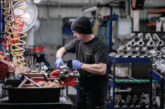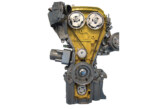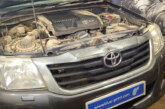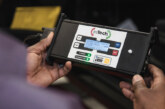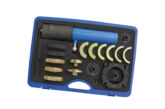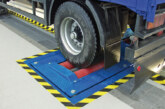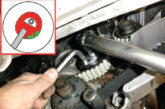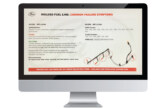
Brake judder can be divided into two types: hot and cold brake judder. Juratek explains how it can be avoided.
Hot brake judder
Whenever you bring two surfaces into contact and at least one of them is moving at high speed, the result will be friction.
This friction then creates heat which is transmitted to other parts of a vehicle’s braking system. Whenever you bring two surfaces into contact and at least one of them is moving at high speed, the result will be friction. This friction then creates heat which is transmitted to other parts of a vehicle’s braking system.
Brake discs are usually made of cast iron, and when this material gets hot, it naturally expands and distorts, before returning to its original shape when cool. This natural reaction to heat is consistent and brake discs are designed to handle this and can operate in temperatures up to around 500°C.
If the brake discs exceed the normal operating temperature, “hot” brake judder can sometimes be the consequence. Fig. 1 & 2a show an exaggerated view of the effects of temperature on a brake disc.


Fig. 2b shows a disc that displays several signs of disc thermal distortion and excessive heat. Firstly, the oxidisation (orange colouring); secondly, the blue tint to the braking surface; thirdly, the dark spots on the disc surface (high spots); and finally, the large radial crack where excessive heat has caused permanent damage. All these factors are indicative of distortion caused by excessive temperature.
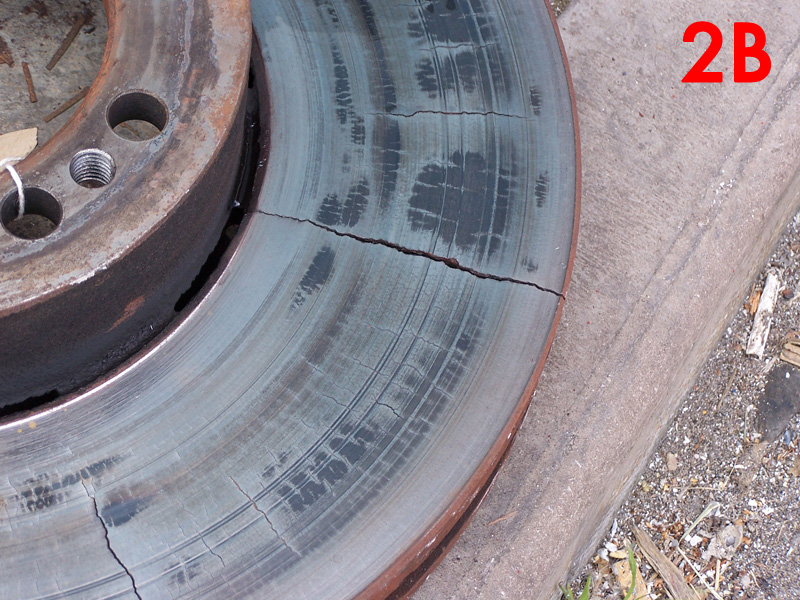
What causes excessive heat?
The most common cause is abuse. Brakes are designed to withstand high temperatures, and they cool down quickly. But, if the driver applies them hard several times in quick succession, this can cause a phenomenon known as ‘brake fade’, which is when the brakes get so hot that they fail to work effectively.
Repeated heavy use of front brakes might also cause the discs to turn blue. Once these marks appear, it means the disc has been permanently damaged and will need to be replaced.
Another potential reason is that the brake caliper could cease to function properly, which causes the brake pad to remain in contact with the disc even when not braking. Heat will steadily increase and can eventually get so hot that the brake disc may crack if rapidly cooled.
Cold brake judder
This is almost always a direct result of a fitting problem between brake disc and hub. Brake discs and hubs are manufactured to strict tolerances, therefore, any rust or other debris that can cause fitting issues (Fig. 3) needs to be removed prior to installation.

If the disc is installed with too high levels of radial run-out, the consequence is very light, continuous contact between the pad and disc at diametrically opposite points on the disc face in the ‘brakes off’ condition (Fig. 4).

As mileage increases, this results in a progressively larger localised variation in the thickness of the disc, known as Disc Thickness Variation (DTV). This means that, when the brakes are applied, a pulsation can be felt through the brake pedal and steering wheel. To ensure this does not occur, follow these steps:
- Clean the hub of rust or debris
- Check the hub for run-out using a dial gauge
- Install the new disc and then check using a dial gauge mounted close to the outer radius of the disc (Fig. 5). The installed value of radial run-out should not be greater than 100 microns, and in an ideal situation, not more than 70 microns.
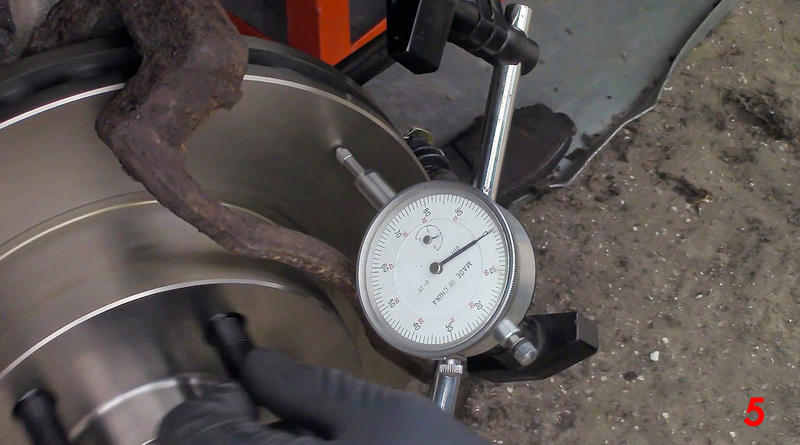
Poorly manufactured brake discs can also cause brake judder. This will be detected immediately on fitting, but Juratek is now manufacturing to the strict regulations imposed by UN ECE R90:02, which covers the way a disc is manufactured and the composition of the material used.
The issue of brake judder, which is often blamed on a warped disc, is almost never a fault of the product and, in most cases, is caused by either excessive heat or poor preparation and fitting.

